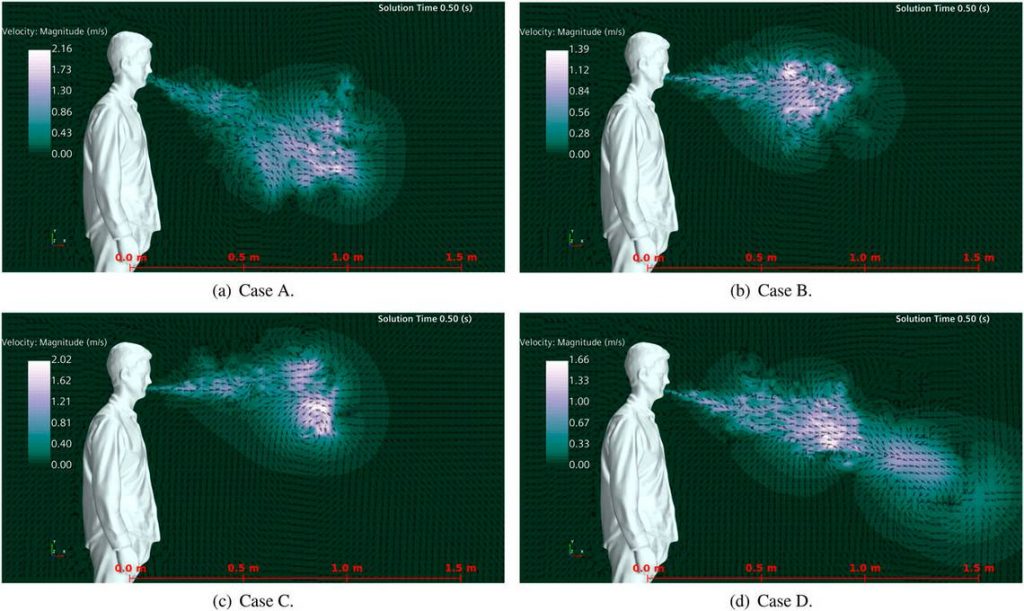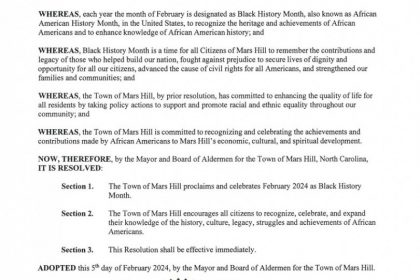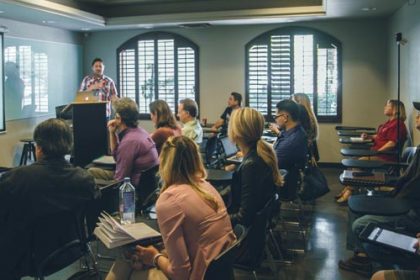The word “superspreader” refers to someone who is infected with COVID-19 and passes it to a whole lot of other people.
Specifically, a superspreader infects many more people than you would expect based on the averages. There have been situations where one infected person got dozens of others sick. On the other hand, in many situations one infected person got no one else sick.
What makes some people superspreaders while others transmit very little?
Studies show that some people may be more infectious and deemed a superspreader because they have weak immune systems that allow viruses to replicate more quickly, thus leading to frequent symptoms like coughing and sneezing.
Some people naturally breathe out more particles than others when they talk, which increases with volume, according to a 2019 study on healthy people in the journal Scientific Reports.
Someone’s career, such as those in health care could also contribute to superspreading events because of increased contact with many different people.
Your Body Also Influences the Rate of Spread
Researchers from the University of Central Florida have identified features that could make someone a virus superspreader.
According to this new study, sneezes from people who have congested noses and a full set of teeth travel about 60 percent farther than from people who don’t.
Computer generated models simulated sneezes in different types of people and determined associations between people’s physiological features and how far their sneeze droplets traveled and lingered in the air.

The study found that people’s features, like a stopped-up nose or a full set of teeth, could increase their potential to spread viruses by affecting how far droplets travel when they sneeze.
According to the U.S. Centers for Disease Control and Prevention, the main way people are infected by the virus that causes COVID-19 is through exposure to respiratory droplets, such as from sneezes and coughs that are carrying infectious virus.
When people have a clear nose, such as from blowing it into a tissue, the speed and distance sneeze droplets travel decrease, according to the study.
This is because a clear nose provides a path in addition to the mouth for the sneeze to exit. But when people’s noses are congested, the area that the sneeze can exit is restricted, thus causing sneeze droplets expelled from the mouth to increase in velocity.
Similarly, teeth also restrict the sneeze’s exit area and cause droplets to increase in velocity.
To perform the study, the researchers used 3D modeling and numerical simulations to recreate four mouth and nose types: a person with teeth and a clear nose; a person with no teeth and a clear nose; a person with no teeth and a congested nose; and a person with teeth and a congested nose.
In short, blowing your nose regularly may help reduce the distance your potentially infected germs may travel after sneezing, the researchers said.
Superspreader Environments
Superspreaders are a key feature of how COVID-19 is transmitted through a population. There seems to be a lot of random chance involved in where a superspreading event is triggered, and where one is not triggered.
For example: Imagine College Town A. Young people move in from all over the country. 100 of them happen to arrive infected with COVID-19. 99 these infected individuals do not get anyone else sick. But one of the 100 passes it along to 200 other people. It doesn’t take a week before you’ve got a major outbreak on your hands.
Meanwhile, in College Town B, 100 people arrived infected with COVID-19, and all 100 of them pass it along to zero other people. There is no outbreak. No one even notices.
That’s the difference between a case cluster and no case cluster — one person and some bad luck.
In many superspreading events, the index case (that unlucky person) is not yet symptomatic. That means it is not possible to know if you will be a superspreader. What you can do is avoid the conditions that would make it easy for you — should you be unknowingly infected — to spread COVID-19 to dozens of other people.
Major clusters “occur in poorly ventilated, indoor environments where many people congregate over time — weddings, churches, choirs, gyms, funerals, restaurants, and such — especially when there is loud talking or singing without masks,” says science writer Zeynep Tufekci in this article which appeared in The Atlantic.
To stay safe, avoid crowds, wear your mask, stay outdoors, keep your distance, and keep your encounters short. Avoid spaces where people aren’t wearing masks, where people congregate over time, or where people are engaged in singing, chanting, yelling, cheering, or even a lot of loud talking. For example, avoid indoor parties, gyms, choirs, churches, movie theaters, restaurants, bars, crowded buses, and noisy factories. These environments are potentially superspreading events.









